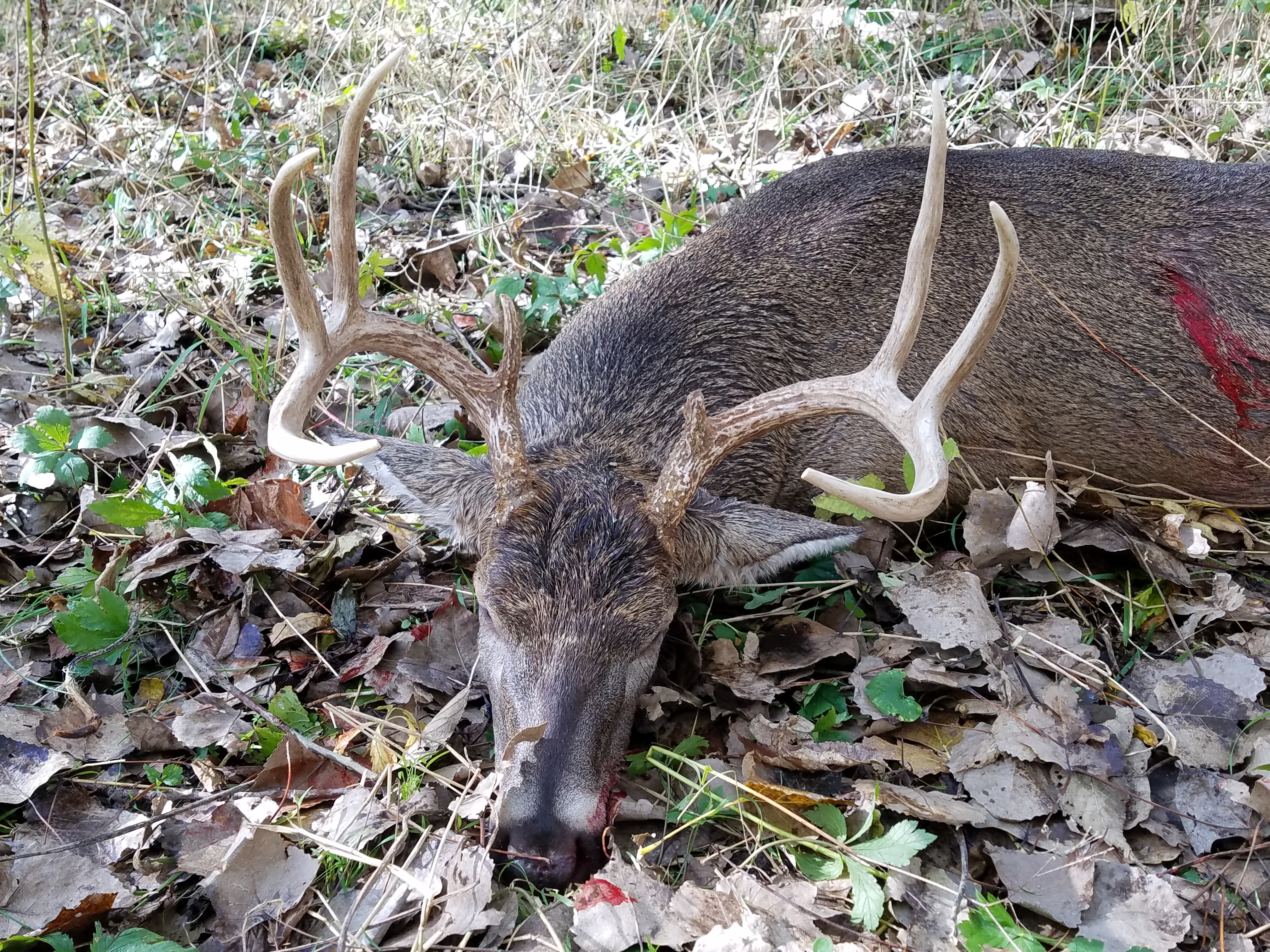A lot of hunters wish they could accurately age deer. A lot think they can, but can they really?
C.J Winand has an informative article for Bowhunter that will help.
Knowing the age of a buck is important to most deer hunters. Years ago, I was registering a doe at a deer check station when a hunter brought in a gray-colored, 10-point buck that would most likely score in the 140s. The hunter asked the state biologist working at the check station if he could age his buck. The biologist looked in the deer’s mouth, and then told the hunter his buck was 6½ years old.
Later, I looked at the deer’s lower jaw and determined the buck was only 3½ years old. I was so confident that I told the hunter I’d be willing to bet both my bows on my assessment. The proud hunter was very inquisitive on our differing age calculations. Upon further discussion with the hunter, I explained how biologists use a technique based on tooth replacement and wear.
Back in 1949, a New York deer researcher by the name of C.W. Severinghaus studied known-age deer. Within this classic study, Severinghaus focused on the lower jaw bones of harvested deer he had tagged as fawns. As you can imagine, older deer exhibited more wear on the back molars. But, depending on what deer eat and the amount of sandy soils in an area, this deer-aging technique can be subjective across the deer world.
Because of the discrepancies between biologists in aging deer using the Severinghaus method, a study was conducted in the late 1980s using the upper (not lower) molars as a new way to determine a deer’s age. The conclusions were clear: This “new” technique was no better than the standard Severinghaus method.
In the early 2000s, another tooth study looked at using digital photographs on the wear of the back molars. Again, their conclusions were no better than the Severinghaus method. As of today, whether you kill a deer in the North or South, this 68-year-old study is still the standard for aging harvested deer.
As in the case with my check-station experience, the difference in age determination between biologists can be significant. Obviously, one’s experience and learned skill in this technique can cause many discrepancies. Although I mean no disrespect to fellow biologists, I’ve met some hunters who are clearly better at aging deer by this method than some professionals. For more information on aging deer using the tooth replacement wear method, click here.
Another increasingly popular technique for aging deer is on the hoof. Compared to younger deer, older deer have differing physical proportions such as the size of the hindquarters, sag in the stomach, mass of the chest, and the extent of its neck and legs.
Many outfitters are mandating that you not harvest any bucks under a certain age class. For me, once I identify a buck, my mind/eyes focus on the three B’s: back, belly, and butt. I find most deer can be aged somewhat accurately (at least I think so). But, just like using the tooth replacement wear method, aging deer on the hoof is also very subjective. More information on aging deer on the hoof can be found on the QDMA’s website.
So, what is the check-station hunter to do with his buck? He was told the amount of gray hairs around the deer’s muzzle area would give him an indication on age. This, of course, is dead wrong. For example, think of how many men in their 20s are already gray and/or going bald. Big antlers and body weight are also a very poor indicator for determining a deer’s age. Again, just like people, there are some really big-antlered, fat young bucks out there.
All antlers within a specific age class fall somewhere in a bell-shaped curve. For example, some 5½-year-old bucks will only sport 100 inches of antler, while bucks in this age class at the other end of the scale will measure over 170 inches. The majority of bucks will end up scoring somewhere in between. Each specific age class of bucks will exhibit the same distribution of antler scores within the bell-shaped curve.
Read more: http://www.bowhunter.com/whitetail/how-to-age-deer-accurately/#ixzz588JFETuM



















![The Best Deer Camp Chili [VIDEO] Deer Chili Ingredients, Tomatoes, Chili Spices](/wp-content/uploads/2015/10/Deer-Chili-Deer-Camp-Recipe-218x150.jpg)
![How to Call Elk Early in the Season [VIDEO]](/wp-content/uploads/2016/08/byers003-218x150.jpg)




![Idiots Disturb Hunter: How Would You Have Handled It? [VIDEO]](/wp-content/uploads/2015/10/DSC00110-e1474487693878-100x70.jpg)
![Albino Buck Shocked to Shed His Antlers [VIDEO]](/wp-content/uploads/2015/10/AlbinoDeer-100x70.jpg)